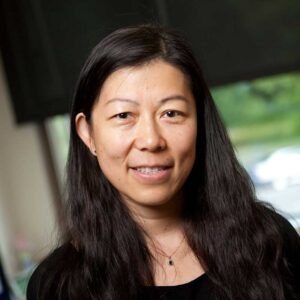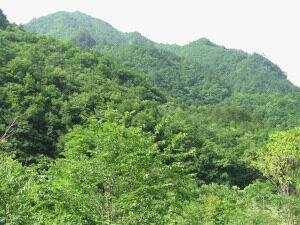By Gary Klein gklein@willamette.edu
Ever since computer terminals replaced the traditional library card catalog (row after row of wooden drawers filled to the gills with 3×5 inch card stock printed with small type fonts), the way people used libraries started changing. Over time, those changing patterns have become more apparent, such as with the accelerated use of online materials and the sounds of social conversations among students.
Willamette University’s Mark O. Hatfield Library has undergone a number of physical changes since its doors first opened in 1986. The old-style library card catalog drawers and associated furniture were eliminated as part of the library’s transition into the current building. Willamette’s MBA program began to implement small group projects in the mid-1990s that required meeting spaces conducive to small groups of three to five students. The Hatfield Library’s architectural design included study rooms on the second floor to handle groups of that size range. Those small group study rooms quickly became very popular with Atkinson students.
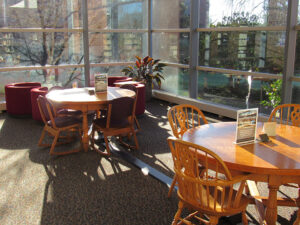
In the dawn of the 21st century, increasing numbers of undergraduate students were required by their professors to tackle group projects. The steady expansion of undergraduate students assigned to group projects made a big impact on the supply and demand of the library’s group study space.
The growing need to adjust the library’s allocation of space to accommodate group projects surfaced in various surveys, as well as comment cards and unsolicited correspondence from students. But there seemed to be very few solutions that would be either quick to implement or low cost to finance.
While employees of the Hatfield Library were sifting through potential pathways to alleviate the growing demand for group study space, many undergraduate and MBA students improvised and came up with their own solutions. They moved tables and chairs close together to create their own temporary collaborative work areas. At the same time, students had been raising additional concerns about the physical limitations of the library’s facilities and furnishings.

While facing a competition for dollars, student safety in high trafficked areas gained priority. Simple modifications could be made at a lower cost than what it would take to build group study rooms. The library’s staff decided to create seating arrangements that mirrored the way students had been organizing furnishings into group study clusters. And the library created two sets of dual-purpose walls that increased opportunities to exhibit artwork or public announcements, while also serving to minimize sounds from noisy but critical equipment (printers and photocopiers).
Instead of struggling to realign tables and chairs daily into their original layout, the Hatfield Library’s staff established an area on the first floor for a “table forest” that students clearly preferred for group needs. Additional improvements included refinished study tables, reupholstered chairs, and additional electrical outlets throughout the building. Library staff also instituted policy changes and new signage to make it clear that the second floor was designated as “quiet study space,” while students were encouraged to treat the first floor as their place for “collaboration and group projects.”
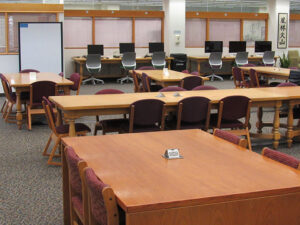
If you are looking for the quietest spots within the Hatfield Library, then use the study rooms on the eastern side of the library on both floors. They can comfortably hold up to two people, with doors that can close out most ambient noise. These study rooms are available on a first-come, first-served basis.
The next quietest location are the study carrels located in the center of the second floor. There are many wooden study carrels distributed across both floors of the library that are designed for individual use. Most of these study carrels offer electrical outlets and incorporate sound-absorbing materials to help maintain a quiet atmosphere.
If you need to work with a desktop computer, the Hatfield Library has several computers available on each floor. All of these computers offer large screens and carry the same array of academic-oriented software, including Microsoft Office, ChemDraw, Python, SPSS and Systat.
The Hatfield Library also offers two audiovisual rooms on the second floor and a video recording room on the first floor. These rooms have extra sound-absorbing materials; keys can be checked out at the circulation desk for up to four hours of room use.
If comfortable seating is important to you, then you might want to look for the soft upholstered chairs that are on opposite sides of the library, located either by the windows facing the millstream, or the windows facing the parking lot.
Feel free to share your thoughts, concerns, suggestions for improving our facilities with us, so we can make this a better place for all students at Willamette University. Please email your comments and suggestions to: library@willamette.edu






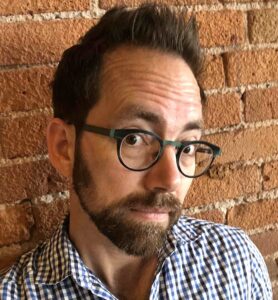
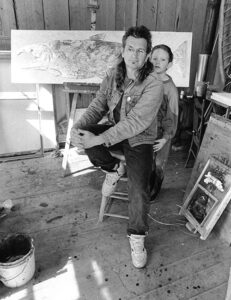 Bartow’s art career began with exhibitions at galleries in Newport, Oregon. In 1985 he was selected for a solo exhibition at Jamison/Thomas Gallery in Portland, Oregon. He exhibited at Jamison’s galleries in Portland and New York until Jamison’s death in 1995. Bartow was then represented by Charles Froelick of Froelick Gallery in Portland, Oregon. Bartow’s work can be found in museum collections throughout the United States including the Brooklyn Museum in Brooklyn, New York; the Peabody Essex Museum in Salem, Massachusetts; the Eiteljorg Museum of American Indians and Western Art in Indianapolis, Indiana; the National Museum of the American Indian in Washington, DC; the Hallie Ford Museum of Art at Willamette University in Salem, Oregon; the Heard Museum in Phoenix, Arizona; the Portland Art Museum in Portland, Oregon; and the Jordan Schnitzer Museum of Art at the University of Oregon. Bartow’s 35-year career as an artist was celebrated through the retrospective exhibition “Things You Know But Cannot Explain,” which traveled through various museums in the United States from 2015 to 2019.
Bartow’s art career began with exhibitions at galleries in Newport, Oregon. In 1985 he was selected for a solo exhibition at Jamison/Thomas Gallery in Portland, Oregon. He exhibited at Jamison’s galleries in Portland and New York until Jamison’s death in 1995. Bartow was then represented by Charles Froelick of Froelick Gallery in Portland, Oregon. Bartow’s work can be found in museum collections throughout the United States including the Brooklyn Museum in Brooklyn, New York; the Peabody Essex Museum in Salem, Massachusetts; the Eiteljorg Museum of American Indians and Western Art in Indianapolis, Indiana; the National Museum of the American Indian in Washington, DC; the Hallie Ford Museum of Art at Willamette University in Salem, Oregon; the Heard Museum in Phoenix, Arizona; the Portland Art Museum in Portland, Oregon; and the Jordan Schnitzer Museum of Art at the University of Oregon. Bartow’s 35-year career as an artist was celebrated through the retrospective exhibition “Things You Know But Cannot Explain,” which traveled through various museums in the United States from 2015 to 2019.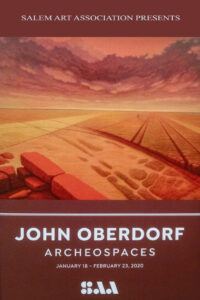 ArcheoSpaces Exhibit
ArcheoSpaces Exhibit
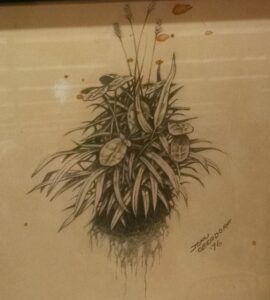
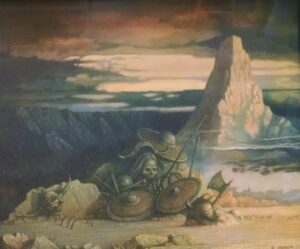
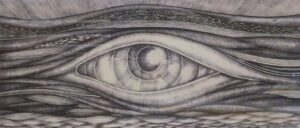
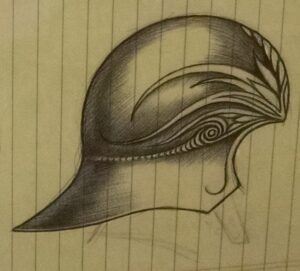

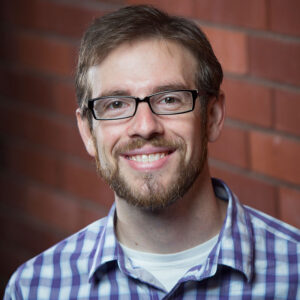
 We all know that Valentine’s Day is in February but did you know that February is also Library Lovers’ Month? That’s right, the entire month is dedicated to celebrating the place that so many of us hold near and dear to our heart—the library. This magical place is devoted to reading, organizing, finding, studying, preserving, and adoring books. Libraries also offer a place to work on group projects, access computers, and enjoy special exhibits. They provide a quiet, safe space for reflection, comfortable seating for relaxing, and archives full of unique treasures. And, of course, libraries offer intelligent, dedicated staff, who provide a variety of services including valuable research help! Join us this month in celebrating all the great libraries out there—past, present and future!
We all know that Valentine’s Day is in February but did you know that February is also Library Lovers’ Month? That’s right, the entire month is dedicated to celebrating the place that so many of us hold near and dear to our heart—the library. This magical place is devoted to reading, organizing, finding, studying, preserving, and adoring books. Libraries also offer a place to work on group projects, access computers, and enjoy special exhibits. They provide a quiet, safe space for reflection, comfortable seating for relaxing, and archives full of unique treasures. And, of course, libraries offer intelligent, dedicated staff, who provide a variety of services including valuable research help! Join us this month in celebrating all the great libraries out there—past, present and future!